Research Teams in Group
Electrical, Electronic Technology and Applied Physics
Electrochemical sources of energy - accumulators
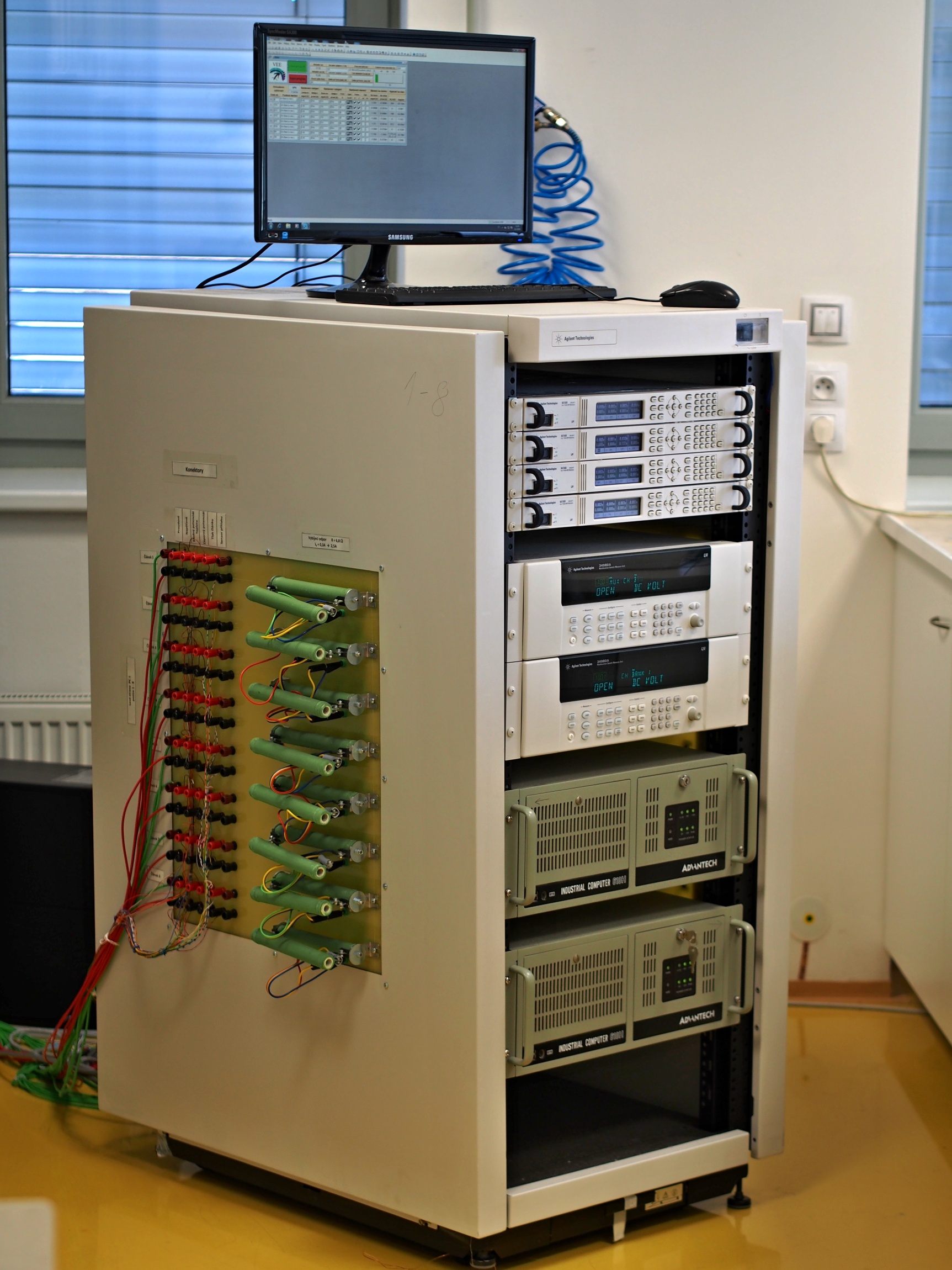
Leader: Assoc. Prof. Petr Bača
The researchers‘ efforts are concentrated on engineering and developing electrochemical sources of energy, including, above all, lead, lithium-ion, sodium-ion, and lithium-sulphur accumulators. Based on huge experience and expertise in battery research the group stands behind the range of publications, projects and patents. The group is involved in research on battery systems from basic materials research (materials R&D and synthesis, testing of laboratory battery samples either with our materials or those supplied by commercial entities (active material, binders, electrolytes, separators)) through testing of commercial batteries (automotive, storage, space) to battery recycling, all complemented by mathematical modelling and simulations both at the electrochemical and commercial cell level and prediction of degradation.
One of the stable objectives rests in broadening the collaboration with research-oriented and commercial partners at the national and international levels: The group organizes annual international conferences, namely, ABAF (Advanced Batteries, Accumulators and Fuel Cells) and USEE (Unconventional Sources of Electrical Energy), which promote renewable sources of energy and different approaches to energy storage and processing by means of electrochemical sources.
Major 4-year outputs
- patent No. US 11,824,191B2, ALKALI AND/OR ALKALINE EARTH ION-SULFUR BATTERY, related with ion-sulfur batteries
- co-founder of the Czech Battery Cluster
- CAPKOVÁ, D.; ALMÁŠI, M.; KAZDA, T.; ČECH, O.; KIRÁLY, N. et al. Metal-organic framework MIL-101(Fe)–NH2 as an efficient host for sulphur storage in long-cycle Li–S batteries. Online. Electrochimica Acta. 2020, roč. 354. ISSN 00134686. Available from: https://doi.org/10.1016/j.electacta.2020.136640
- INTER-EXCELLENCE – Inter transfer (LTT19001) - The project was focused on Na-ion and Li-S batteries and also aimed to deepen the collaboration in these areas with INL Braga, Portugal.
Electron microscopy laboratory
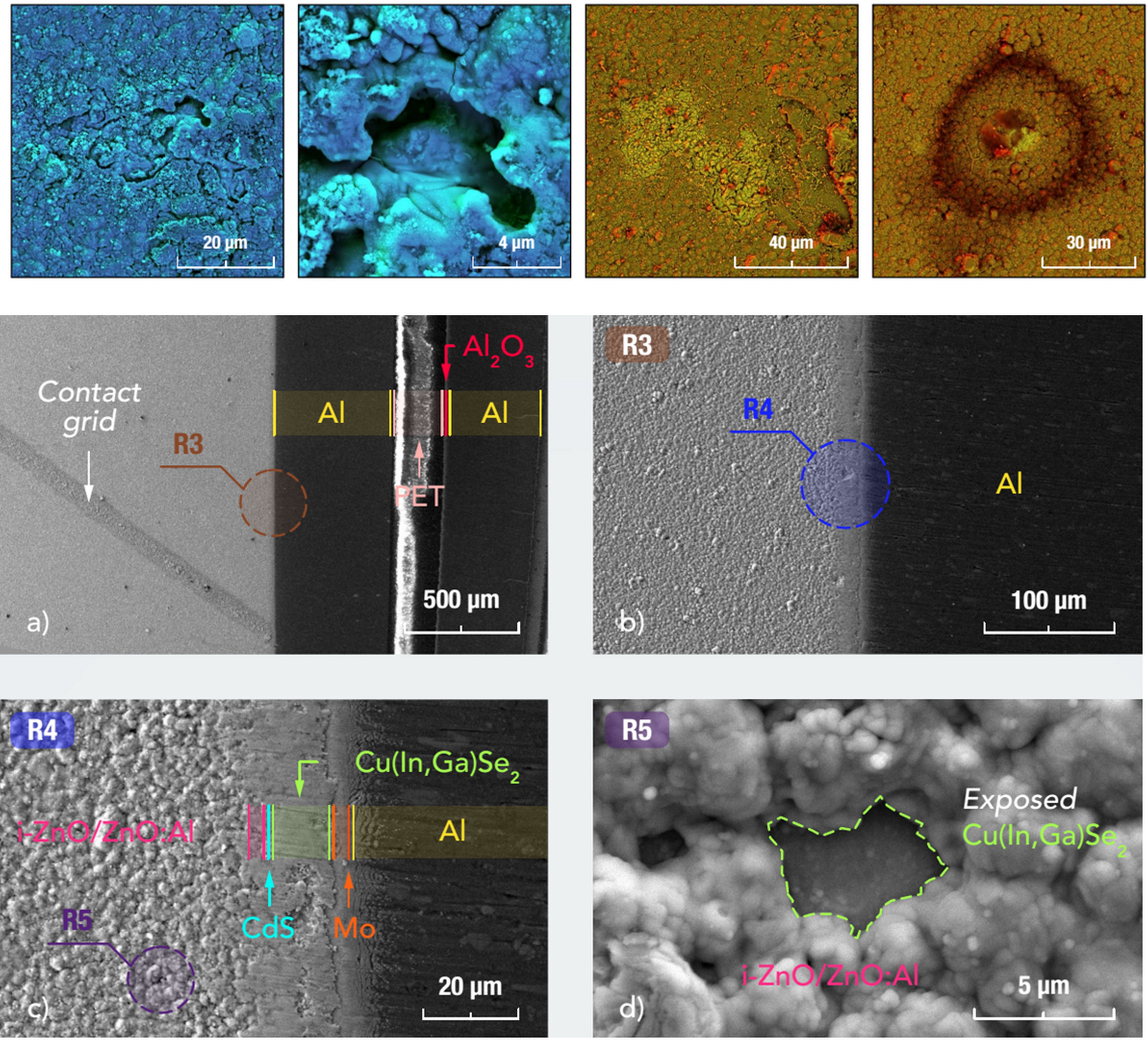
Leader: Prof. Lubomír Grmela
The laboratory operates a Tescan LYRA electron microscope and also AFM and SNOM (NT-MDT) scanning devices; the research is centered on the microscopy of surfaces and materials, including the analysis of elements. Using an ion beam, surfaces are microscopically machined and modified.
Major 4-year outputs:
- TALU, S.; MOROZOV, I.; SOBOLA, D.; SKARVADA, P. Multifractal Characterization of Butterfly Wings Scales. BULLETIN OF MATHEMATICAL BIOLOGY, 2018, no. 10, pp. 1-15. ISSN: 0092-8240.
- BAI, Y.; TOFEL, P.; HADAS, Z.; SMILEK, J.; LOSAK, P.; SKARVADA, P.; MACKU, R. Investigation of a cantilever structured piezoelectric energy harvester used for wearable devices with random vibration input. MECHANICAL SYSTEMS AND SIGNAL PROCESSING, 2018, vol. 106, no. 106, pp. 303-318. ISSN: 0888-3270.
High-frequency structures and plasma sources
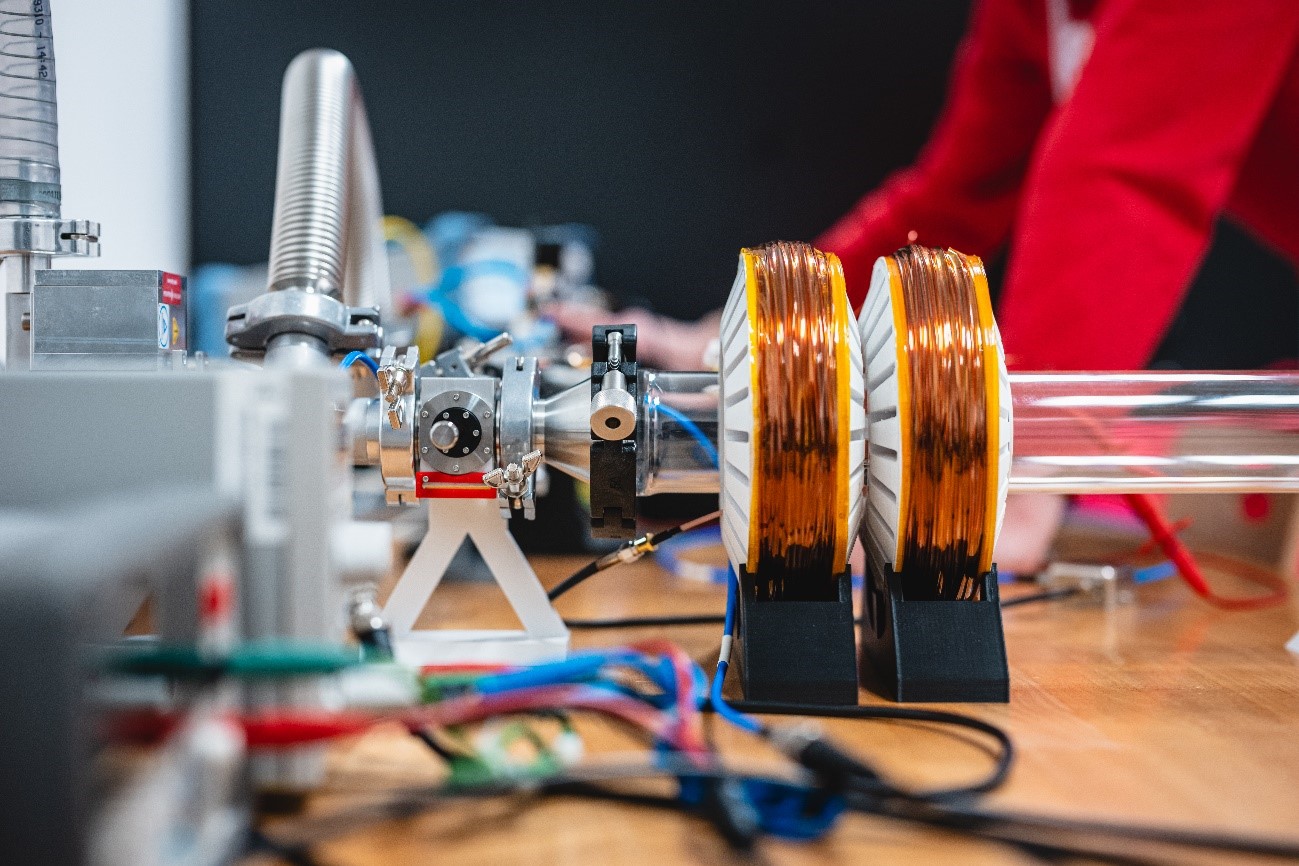
Leader: doc. Ing. Petr Drexler, Ph.D.
Our research focuses on the applications of electromagnetic structures in physics, with a particular emphasis on plasma sources. We specialize in radio frequency and microwave resonators, leveraging their potential for low-pressure plasma excitation. Our group collaborates extensively with companies on applied research and development activities, specifically within the domains of laboratory plasma sources and space technologies.
Main research activities
- Design, manufacture and optimization of high-frequency resonators
- Low-pressure plasma sources and their analysis
- Development of diagnostic methods
The most significant results
- JUŘÍK, K.; STARÝ, J.; DREXLER, P. Design and Fabrication of Birdcage Resonators for Low-pressure Plasma Excitation. Radioengineering, 2022, roč. 32, č. 1, s. 44-50. ISSN: 1210-2512.
- DREXLER, P.; FIALA, P.; STEINBAUER, M.; FRIEDL, M.: Set of high frequency broadband amplifiers and attenuation cells. TES, a.s. Třebíč IČ: 45477973. (functional sample)
- DREXLER, P.; ČÁP, M.; NEŠPOR, D.: Two channel birdcage resonator. DTEEE FEEC BUT. (functional sample)
Laboratory of Numerical Modelling and Simulations (NumLab)
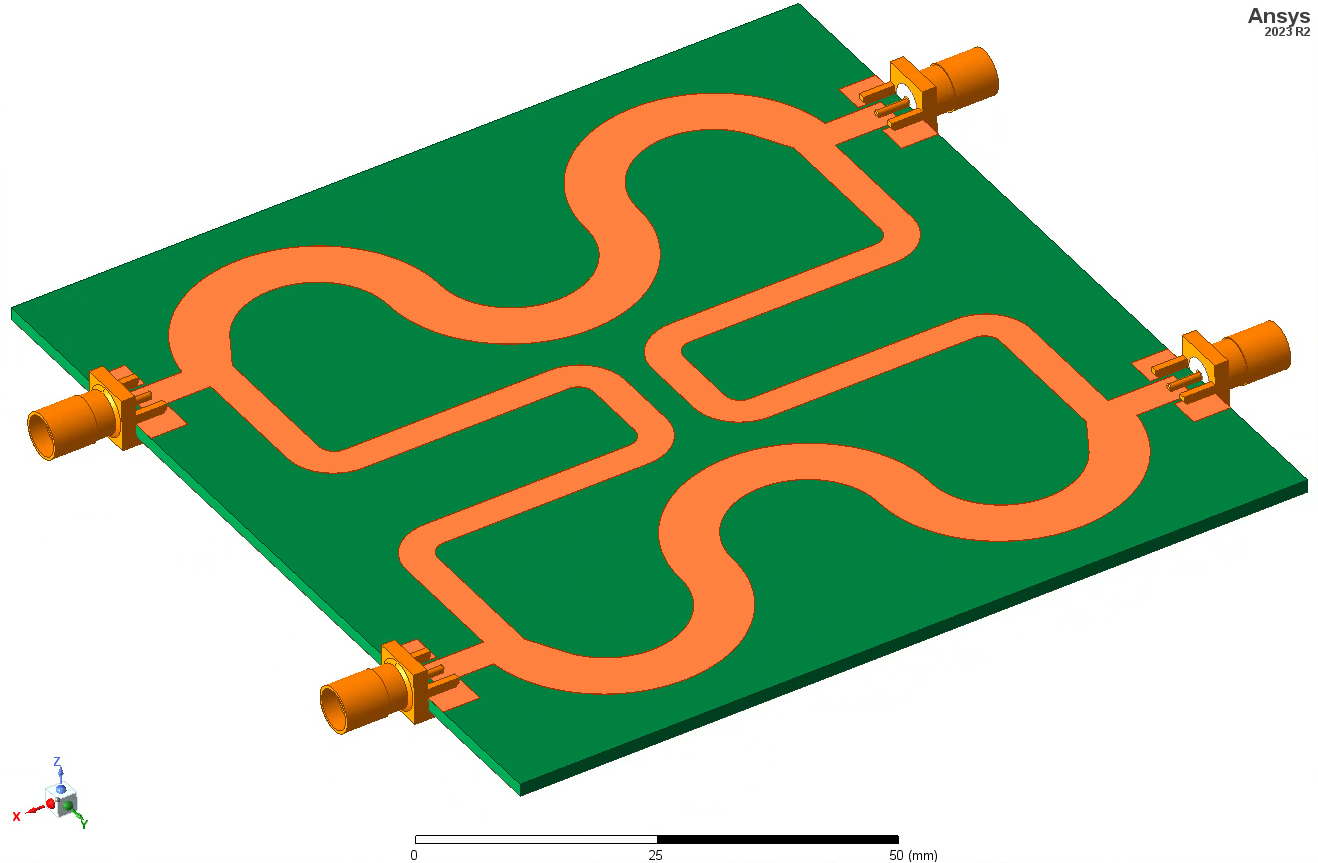
Leader: Ing. Tomáš Kříž, Ph.D.
We deal with modelling of electromagnetic fields in the low and high frequency region, we solve temperature problems including flow and coupled (electromagnetic + temperature) problems. In the low-frequency domain, we focus on solving problems in quasi-stationary or harmonic steady state (electromagnets, actuators, sensors or clamping systems) and also on solving transient processes in components or devices. In the high-frequency area, we focus on the design of planar structures, excitation coils used in spectroscopy or the design of saddle coils used in nuclear magnetic resonance. In thermal calculations, we deal with the heating of devices due to Joule or electromagnetic losses and their cooling, heat transfer from solid structures to liquids or gases (heat exchangers, water heaters).
The most important solved projects:
- EMC analysis and assessment of a multi-cell low-floor tramway 35T – Chemnitz, from 26. 3. 2018 to 14. 12. 2018
- GA17-00607S, Complex Artificial Electromagnetic Structures and Nanostructures, from 1. 1. 2017, to 31. 12. 2019
The most important publications:
- ZUKAL, J.; SZABÓ, Z.; KŘÍŽ, T.; KADLEC, R.; DĚDKOVÁ, J.; FIALA, P. A Robust Generator-Harvester for Independent Sensor Systems. Applied Sciences - Basel, 2024, vol. 14, no. 3, p. 1-16. ISSN: 2076-3417.
- DREXLER, P.; NEŠPOR, D.; KADLEC, R.; KŘÍŽ, T.; NEBOJSA, A. Simulation and Characterization of Nanostructured Electromagnetic Scatterers for Information Encoding. Electronics (MDPI), 2022, vol. 11, no. 20, p. 1-12. ISSN: 2079-9292.
- HANZELKA, M.; DAN, J.; FIALA, P.; DOHNAL, P. Human Psychophysiology Is Influenced by Low-Level Magnetic Fields: Solar Activity as the Cause. Atmosphere, 2021, vol. 12, no. 12, p. 1-10. ISSN: 2073-4433.
- DREXLER, P.; FIALA, P.; KADLEC, R.; LONDÁK, P.; MÁDROVÁ, T.; KLÍMA, M.; ZUKAL, J. Numerical modeling and experimental verification of a low fluid flow inductive flowmeter. FLOW MEASUREMENT AND INSTRUMENTATION, 2021, vol. 78, no. 1, p. 1-12. ISSN: 0955-5986.
- ZUKAL, J.; FIALA, P.; SZABÓ, Z.; DĚDKOVÁ, J.; PERNICA, R. Coupled Numerical Model of Vibration-Based Harvester. Applied Sciences - Basel, 2020, vol. 10, no. 8, p. 1-25. ISSN: 2076-3417.
- SZABÓ, Z.; FIALA, P.; ZUKAL, J.; DĚDKOVÁ, J.; DOHNAL, P. Optimal Structural Design of a Magnetic Circuit for Vibration Harvesters Applicable in MEMS. Symmetry, 2020, vol. 12, no. 1, p. 1-18. ISSN: 2073-8994.
Low-level electrical and magnetical measurement laboratory
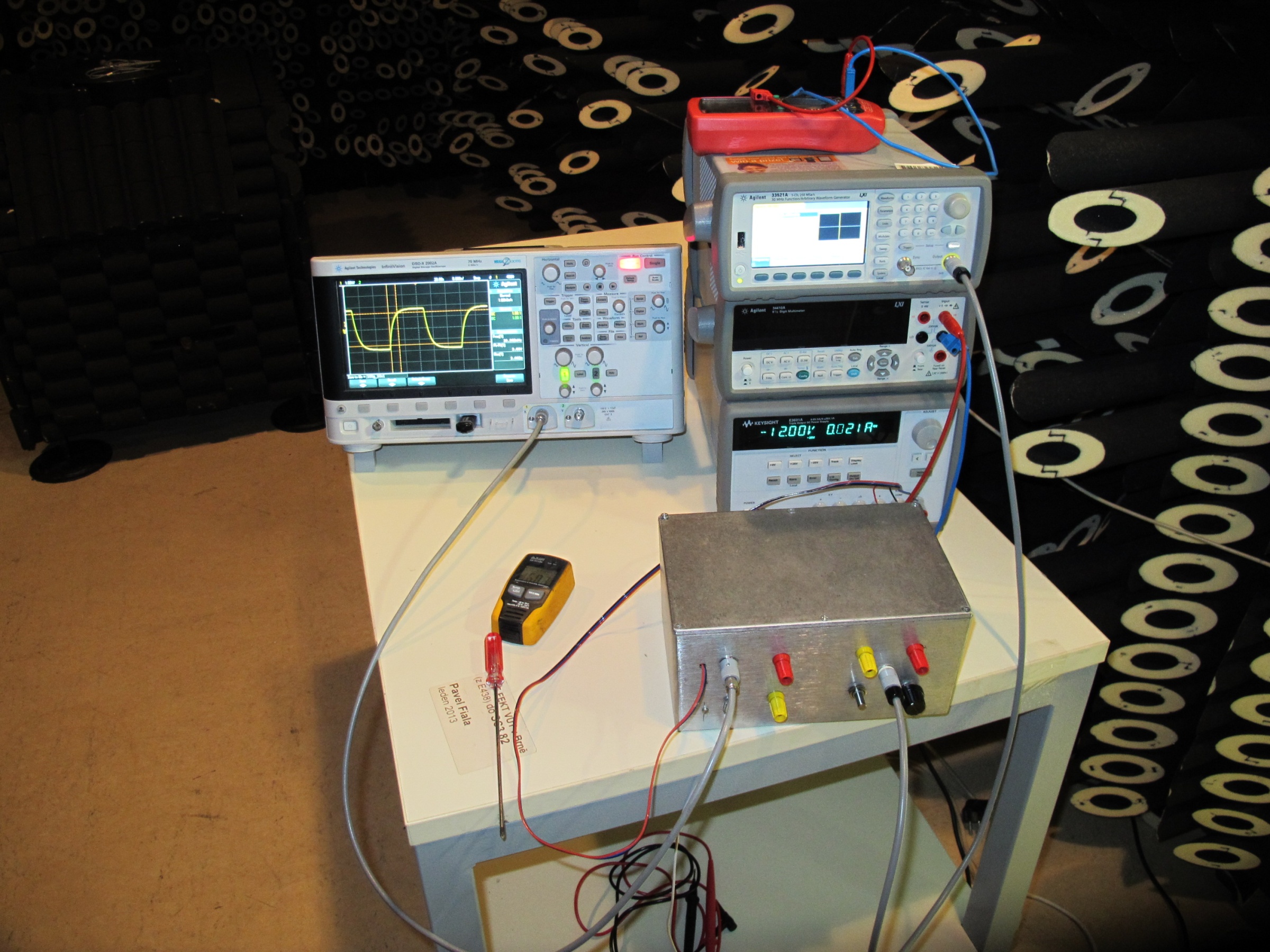
Leader: Ing. Zdeněk Roubal, Ph.D.
Within the field of low-level electrical measurement, we focus on issues of measurement of very small currents (up to fA) and voltages (uV) near physical noise-limit. Further, an electrical charge measurements with an application on building and natural materials. These measurements will eventually find application in a specific application or the design of a special measuring instrument as well as for interdisciplinary collaboration. In the field of magnetic measurements, we perform measurements of the magnetic and electrical properties of ferromagnetic materials. Our expertise covers also the measurement of the frequency dependencies of the material's loss. Another field of our competency is the measurement of magnetic susceptibility of materials. All measurements can be combined with inverse numerical modelling using finite element methods. All measurements can be performed in an electromagnetically shielded chamber.
Main research activities:
- Development of methodology and electronics for measuring light air ions and electrical properties of the atmosphere
- Creating models of passive and active elements
- Measurement of the initial magnetization curve and the hysteresis loop of ferromagnets
- Measurement of permanent magnets
- Measurement of resistivity of technical samples
- Measuring the magnetic susceptibility of weakly magnetic substances
Main research results – practical
- Measurement of temperature magnetic and electrical dependencies of materials for SVS FEM s.r.o.
- Measurement of relative permeability of steel samples by hybrid method for MICO Shielding s.r.o
- Implementation of a non-standard solution for measuring the relative permeability of supplied samples of magnetic materials for MShield s.r.o.
Main research results – publications
- ROUBAL, Z.; HEJTMÁNEK, T.; KŘÍŽ, T. Designing a Triaxial Gaussmeter for Magnetic Impedance Tomography. In 2019 PROCEEDINGS OF THE 12TH INTERNATIONAL CONFERENCE ON MEASUREMENT (MEASUREMENT 2019). Bratislava, SK: Institute of Measurement Science, Slovak Academy of Science, 2019. pp. 270-273. ISBN: 978-80-972629-3-8. https://doi.org/10.23919/MEASUREMENT47340.2019.8780074
- ROUBAL, Z.; KŘÍŽ, T.; BACHOREC, T. Measurement of Frequency Dependence of Self-Inductance of Power Capacitors. In Proceedings of the 14th International Conference on Measurement. 2023. pp. 131-134. ISBN: 978-80-972629-6-9. https://doi.org/10.23919/MEASUREMENT59122.2023.10164398
- BACHOREC, T.; FIALA, P.; STEINBAUER, M.; ROUBAL, Z. A Non-Destructive Impedance Method Using Resonance to Evaluate the Concentration of Steel Fibers in Concrete. Measurement Science Review, 2018, vol. 18, no. 5, pp. 218-226. ISSN: 1335-8871. https://doi.org/10.1515/msr-2018-0030
Microelectronic technologies and packaging laboratory
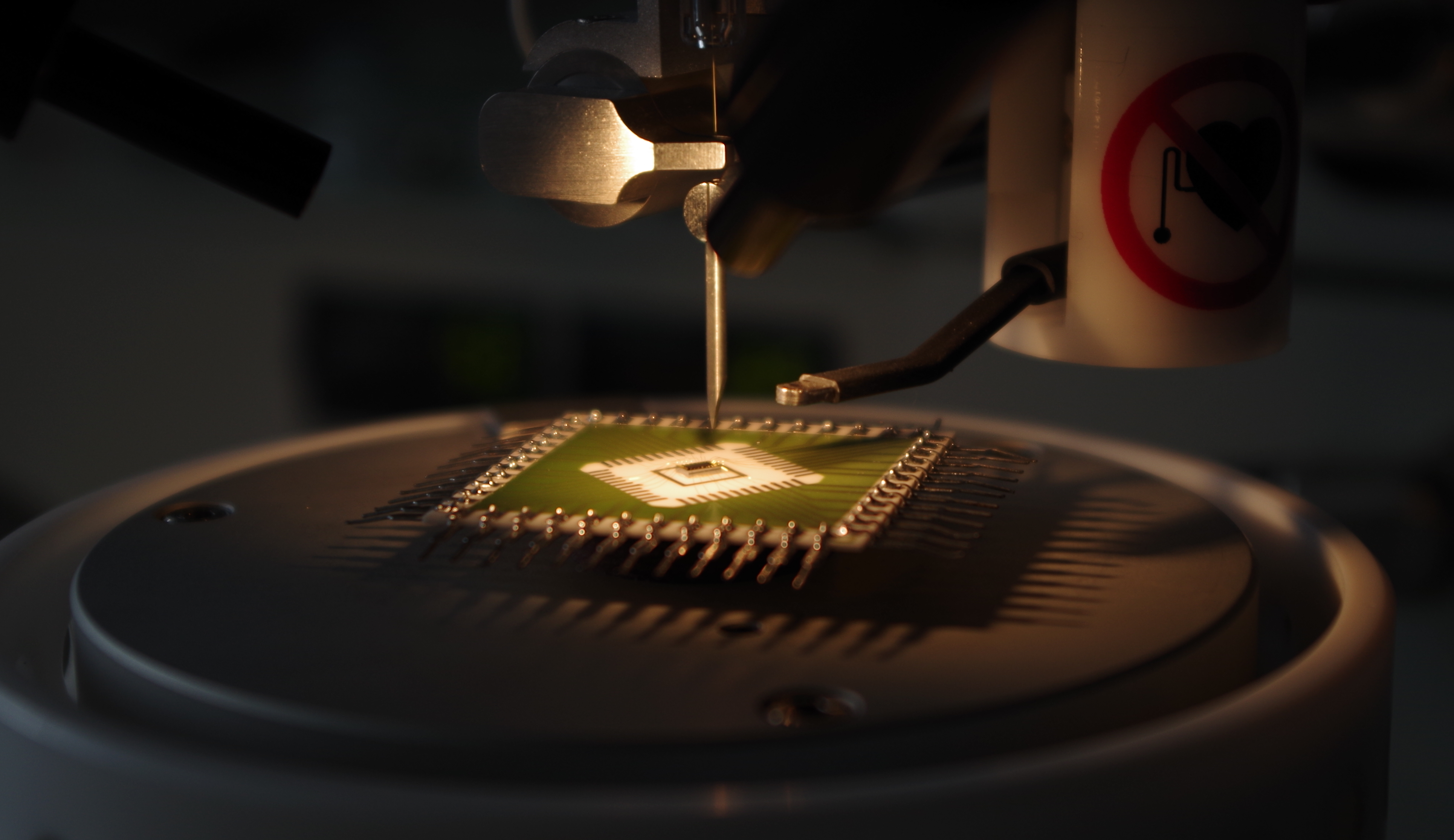
Leader: Alexandr Otáhal, Ph.D.
The team explores state-of-the-art hardware technologies within the following subdomains: joint miniaturization (lead-free soldering); semiconductor chip bonding and packaging (with packages such as BGA, MCM, SoP, and BoB); printed circuit board cleaning; and, partially, the development of environmentally friendly PCB cleaning devices. Besides this main research corpus, a wide range of applications are being developed, including, for example, thermodynamic sensorics, multilayered structures with embedded passive components, and new deposition methods.
Major 4-year outputs:
- Glass substrates to enable the monitoring of the PCB cleaning procedure and its effect: a commercialized and practised patent.
- A directly heated reballing stencil for BGA assemblies: a commercialized and practised patent.
- A very high resolution dispensing printer: a commercialized and practised patent.
- A soldering station to operate at lowered pressures and in a protective atmosphere.
Nanometrology laboratory
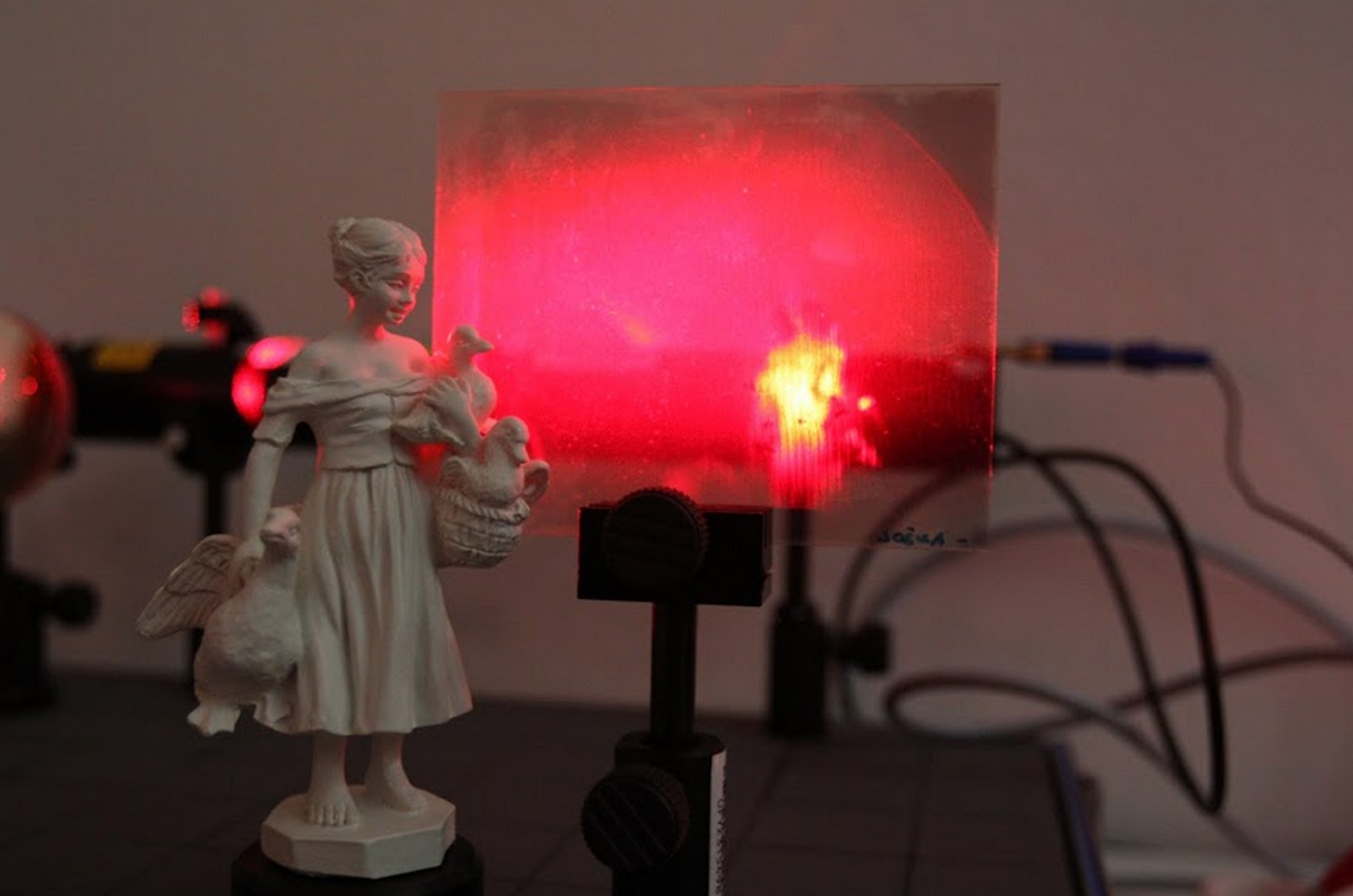
Leader: Pavel Škarvada, Ph.D.
The group employs the AFM/SEM techniques and interferometry to examine material surfaces in a non-destructive and contactless manner; the central research aims consist in acquiring or performing the topography, local spectroscopy, and fluorescence of semiconductor surfaces.
Major 4-year outputs:
- Analysis of fracture surfaces (Česká zbrojovka, a. s.)
- Analysis of welds in electromagnets (IMI precision).
- TALU, S.; SOBOLA, D.; SOLAYMANI, S.; DALLAEV, R.; BRUSTLOVA, J. Scale-dependent Choice of Scanning Rate for AFM Measurements. In DEStech Transactions on Computer Science and Engineering. DEStech Transactions on Computer Science and Engineering. EStech Transactions on Computer Science and Engineering, 2018, p. 453-459. ISBN: 978-1-60595-065-5. ISSN: 2475-8841.
- ŢALU, S.; PAPEZ, N.; SOBOLA, D.; ACHOUR, A.; SOLAYMANI, S. Micromorphology investigation of GaAs solar cells: case study on statistical surface roughness parameters. JOURNAL OF MATERIALS SCIENCE- MATERIALS IN ELECTRONICS, 2017, vol. 28, no. 15, pp. 1-12. ISSN: 0957-4522.
- GARCZYK, Z.; STACH, S.; TALU, S.; SOBOLA, D.; WROBEL, Z. Segmentation of Three-Dimensional Images of the Butterfly Wing Surface. In Information Technology in Biomedicine. Advances in Intelligent Systems and Computing. 1. Springer, Cham, 2018, pp. 111-121. ISBN: 978-3-319-91211-0. ISSN: 2194-5357.
Noise diagnostics laboratory
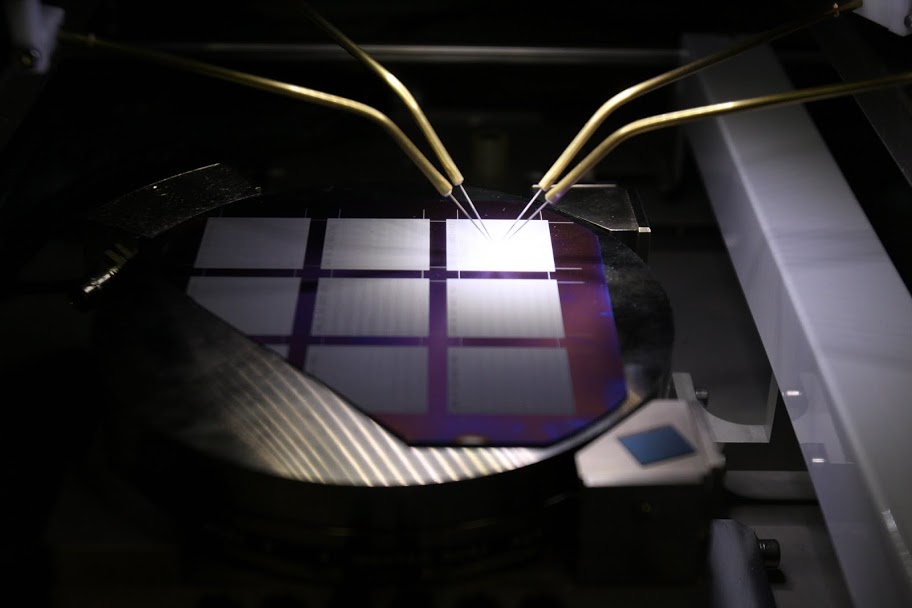
Leader: Prof. Pavel Koktavý
The laboratory performs non-destructive diagnostics of electronic components, sensors, and electrical insulation and building materials. The group’s experts utilize support techniques such as the monitoring of transport and fluctuation processes, and they also routinely use acoustic and electromagnetic emission methods.
Major 4-year outputs:
- Designing and implementing an autonomous device for the field collection of electromagnetic emission data in the monitoring of processes inside rock.
- Using acoustic emission to detect loose particles in metal samples during the manufacturing proces
- SKVARENINA, L.; MACKU, R. Noise and optical spectroscopy of single junction silicon solar cell. METROL MEAS SYST, 2018, vol. 25, no. 2, p. 303-316. ISSN: 0860-8229.
- TRCKA, T.; MACKU, R.; KOKTAVY, P.; SKARVADA, P.; BARON, I.; STEMBERK, J. Field Measurement of Natural Electromagnetic Emissions near the Active Tectonic and Mass-Movement Fractures in Caves. Solid State Phenomena, 2017, vol. 258, no. 1, p. 460-464. ISSN: 1662-9779.
- MACKU, R.; KOKTAVY, P.; SEDLAK, P.; SMULKO, J.; TRAWKA, M. Analytical fluctuation enhanced sensing by resistive gas sensors. Sensors and Actuators B: Chemical, 2015, vol. 2015, no. 213, p. 390-396. ISSN: 0925-4005.
Photovoltaic cells and modules
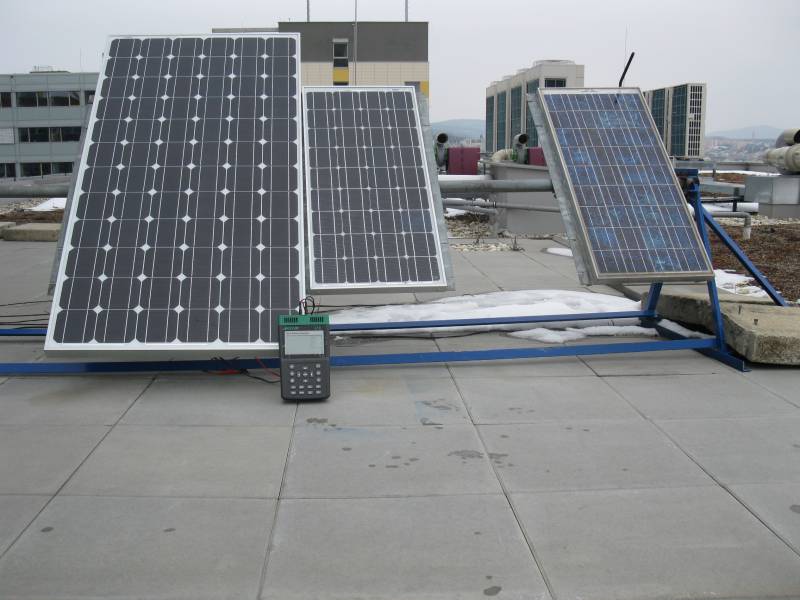
Leader: Assoc. Prof. Jiří Vaněk
The group's activities are focused on basic research and development as well as cooperation with industry in the field of photovoltaic cells and modules. In the framework of primary research, scientists are involved in research and development of photovoltaic cells and modules. Application research focuses on eliminating degradation effects on PV modules and recycling them. The diagnostic part of the research group is then developing diagnostic methods to analyze cells and modules in the laboratory. Practical verification of the characteristics of PV systems and electrical energy storage is enabled by the PV and electromobility polygon.
Major 4-year outputs
- VANĚK, J.; JANDOVÁ, K.; VANÝSEK, P.; MAULE, P. Chemical Delamination Applicable to a Low-Energy Recycling Process of Photovoltaic Modules. Processes, 2023, roč. 11, č. 11, s. 1-13. ISSN: 2227-9717.
- JANDOVÁ, K.; STRAŇÁK, R. Design and optimization of solar-powered irrigation system. In Journal of Physics: Conference Series. Journal of Physics: Conference Series. Institute of Physics, 2022. ISSN: 1742-6596.
- VANĚK, J.; MAULE, P.; JANDOVÁ, K.; LANGER, F. Determination of the Best Working Conditions for the Recycling of Solar Modules. In ECS Transaction. ECS Transaction. 1. USA: ECS - The Electrochemical Society, 2021. s. 281-289. ISSN: 1938-6737.
Simulation and 3D modeling
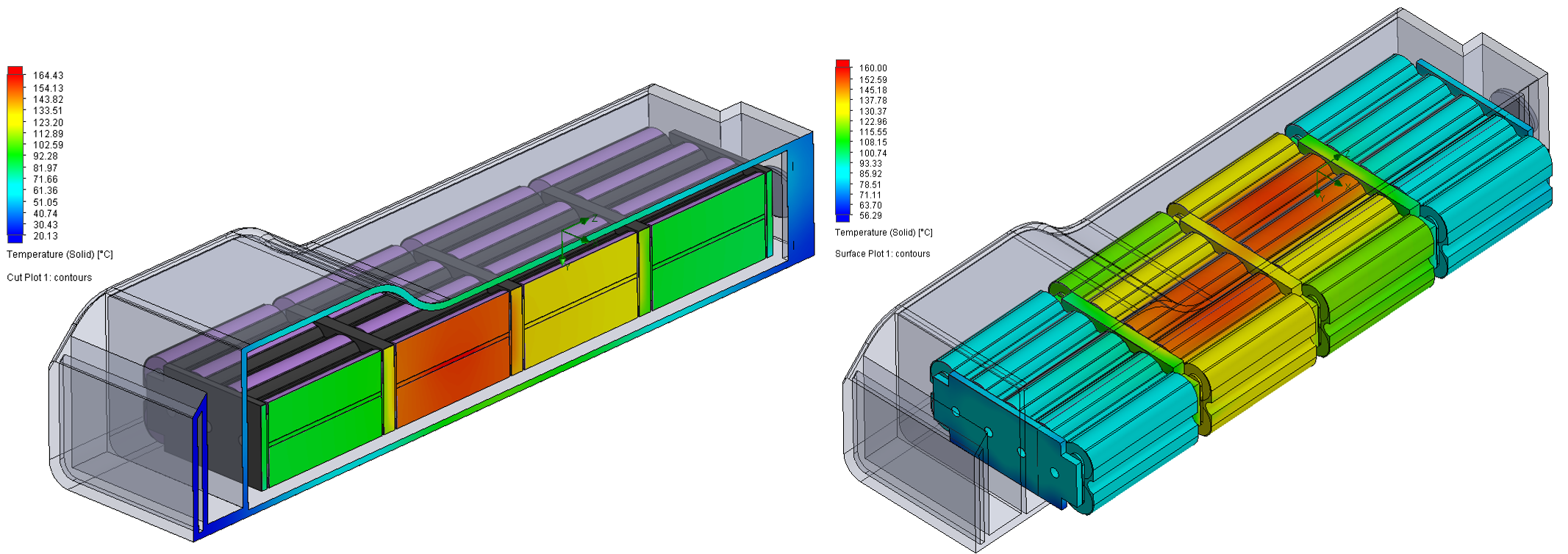
Leader: doc. Ing. Petr Vyroubal, Ph.D.
Our research group is primarily focused on working closely with companies to design and optimize, not only, electronic devices and components.
We have many years of modeling experience and are dedicated to:
- Conduction, convection and radiation of heat (the source can be electric or electromagnetic fields)
- Effect of temperature on structures (thermal expansion of solids)
- Fluid flow at low and high pressures
- Battery models (especially Li-Ion), pack sizing and cooling
- Empirical and semi-empirical models of battery ageing
- Data driven models and systems
In recent years we have had significant collaborations with the Space industry, in the area of initial thermal design of satellites and cubesats.
A new area we are working on is so-called data-driven models, system simulations and digital twins.
Most important projects
- Konverze a skladování energie_Eco&Stor, zahájení: 01.01.2024, ukončení: 31.12.2027
- Secondary use of EV-batteries for Energy Storage (SEVES), zahájení: 01.06.2022, ukončení: 31.12.2022
Major 4-year outputs
- VYROUBAL, P.; MAČÁK, M.; KAZDA, T.; SEDLAŘÍK, M. FLUENT model for simulating cyclic voltammetry in electrochemistry. Monatshefte fu¨r Chemie, 2024, roč. 154, č. 12, ISSN: 1434-4475.
- MAČÁK, M.; VYROUBAL, P.; KAZDA, T.; CAPKOVÁ, D.; MAXA, J. Numerical Modelling of Discharging the Lithium-Sulphur Batteries in Ansys Fluent. Advances in Military Technology, 2022, roč. 17, č. 2, s. 163-177. ISSN: 1802-2308.
- MAXA, J.; ŠABACKÁ, P.; JAN, M.; NEDĚLA, V.; BINAR, T.; BAČA, P.; TALÁR, J.; BAYER, R.; ČUDEK, P. The Impact of Nozzle Opening Thickness on Flow Characteristics and Primary Electron Beam Scattering in an Environmental Scanning Electron Microscope. SENSORS, 2024, roč. 24, č. 7, s. 1-27. ISSN: 1424-8220.
- GABLECH, I.; BRODSKÝ, J.; VYROUBAL, P.; PIASTEK, J.; BARTOŠÍK, M.; PEKÁREK, J. Mechanical strain and electric-field modulation of graphene transistors integrated on MEMS cantilevers. Journal of Materials Science, 2022, roč. 57, č. 3, s. 1923-1935. ISSN: 0022-2461.
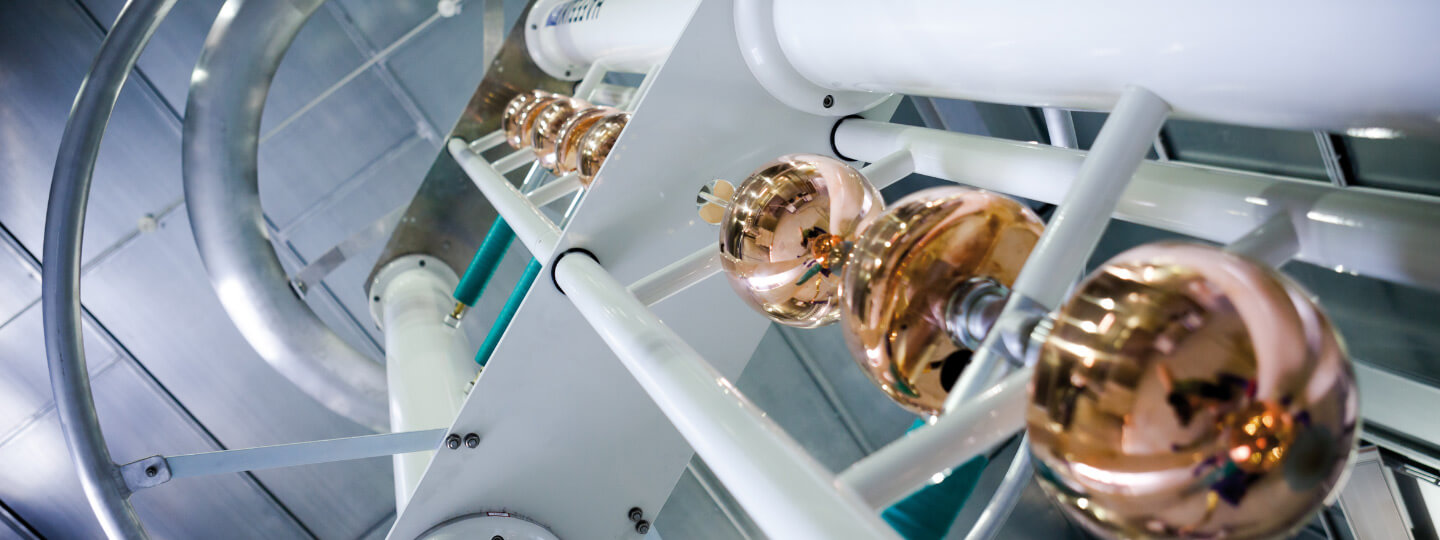
Cooperation with industry partners
Do you solve a problem and need a help or partner?
Ask our experts. We can help you!
More about cooperation